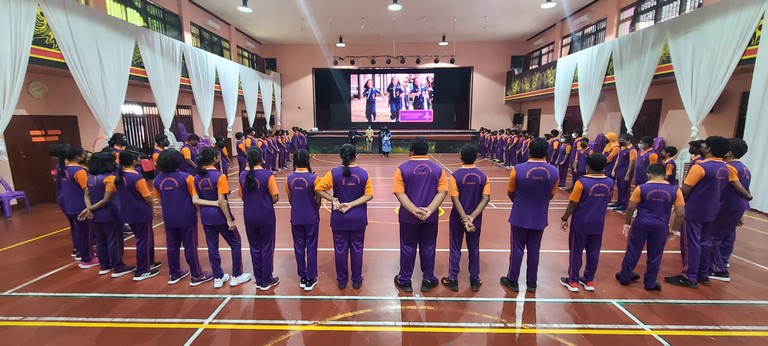How schools have changed!
How would you like to be in a class of 100? Back in the Victorian era, classes of up to a 100 children per room, would be made to copy down and memorize whatever the teacher wrote on the blackboard, unlike today’s classes of 30-40 children per class, who sit and listen to the teacher’s explanation of the lesson, occasionally taking notes and doing assignments when tasked with.
Compulsory education
These days we are all required to attend school from the tender age of 3 to at least 16, and this rule is compulsory for all children regardless of economic status. However, only a small number of children from wealthy families attended school when Queen Victoria ascended the throne in 1837. Poorer children attended Sunday school at churches, which mainly taught them about Christian religion, however after the 1870 Education Act, it became compulsory for all children to attend school from ages 5 till 10. One thing that has not changed, however, is the five days of school per week policy.
Teachers
Teachers back then were mostly unmarried women, as teaching was thought to be a woman’s occupation. These women also had to quit their jobs once they got married, therefore all the older, more experienced teachers were mostly nuns or spinsters. Now however, both men and women can be teachers regardless of their marital status. Nevertheless, the stereotype that teaching is a woman’s job still remains in some parts of the world.
Holidays
Majority of the children attending school in the Victorian era came from rural backgrounds, hence they were given long holidays in summer so that they could go home and help with the harvest. This is the origin of today’s summer breaks; however, students today get far more holidays for term holidays or special occasions. Nonetheless, short holidays for religious festivals like Christmas or Easter were, and still are, given to students of both eras.
Punishments
Children have always been mischievous, regardless of which time period they’re from. However, unlike today’s scoldings, detentions and suspensions, students from back then endured much worse, as most punishments back then were physical. You could be late for class once and the strict teacher might hit you with a ruler, or cane you until your bottom was covered in blisters and weals for the next few days. Or, if you couldn’t answer a question correctly and you were made to write lines up to 500 times on the board. In the worst-case scenario, you might even be forced to wear a hat marked with “D” for “Dunce”, and made to sit in the “Dunce’s chair” for the other pupils to mock and ridicule you, even if you weren’t at fault for the cause for punishment. If anyone tried any of these punishments today, they’d either be sacked or jailed for child abuse.
Curriculum
Compared to our plethora of subjects and learning methods, students of the Victorian era had a very limited range of subjects to choose from. They studied the “Three-R’s”, (Reading, wRiting and aRithmetic), every day. In addition, boys were taught geography and girls were taught needlework. Religion was taught to both, and History and English Literature were later added to the curriculum.
Conclusion – Monotony of learning
There was little to no fun in school during the Victorian era, though students were given playtime and a two-hour lunch break, so that they could go home for lunch. Nowadays, students eat their meals at school and only get around 30 minutes to an hour for lunch breaks, and older students no longer get playtime. However, it’s common knowledge that the education system of today is much more lenient and effective for the students of today, and it continues to change every year to better accommodate the needs of the children of tomorrow.




